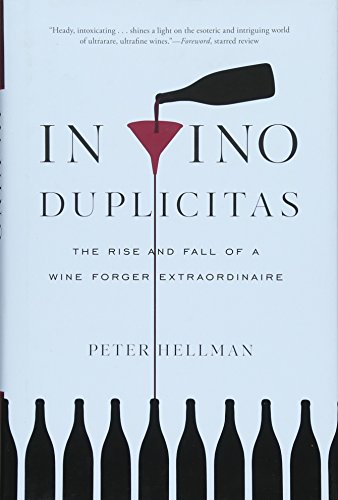Wines That Have Increased in Value
| Wine | Initial Price | Current Price (Varies) |
|---|---|---|
| Château Lafite Rothschild (1982) | $50 per bottle (approximate) | $5,000 to $15,000 per bottle |
| Domaine de la Romanée-Conti (1999) | $500 per bottle (approximate) | $10,000 to $25,000 per bottle |
| Screaming Eagle Cabernet Sauvignon (1992) | $80 per bottle (approximate) | $10,000 to $25,000 per bottle |
| Penfolds Grange (1990) | $50 per bottle (approximate) | $650 per bottle |
| Sassicaia (1985) | $20 per bottle (approximate) | $1,000 to $3,000 per bottle |
Thinking about investing in wine? Before you do…
Most wines don’t go up in value. Even the value of investment-grade wines fluctuates due to rarity, historical performance, expert opinions, aging potential, and cellaring conditions. Supply and demand dynamics also impact value. While some wines appreciate significantly, the market is unpredictable.
Here’s what you need to know about how wine appreciates in value (or not).
- What Wines Go Up In Value?
- Fine Wines that Have Gone Up In Value: 5 Superstars
- Wine that Went Up In Value 1: Château Lafite Rothschild (1982)
- Wine that Went Up In Value 2: Domaine de la Romanée-Conti (1999)
- Wine that Went Up In Value 3: Screaming Eagle Cabernet Sauvignon (1992)
- Wine that Went Up In Value 4: Penfolds Grange (1990)
- Wine that Went Up In Value 5: Sassicaia (1985)
- Final Thoughts – Most Wines Don’t Go Up In Value
- Thirsty for More?
What Wines Go Up In Value?
Like any collector’s item, wine appreciation over time has as much to do with its quality as with its rarity, storage conditions, and demand. Certain well-established producers that have a history of making high-quality wines in limited quantities are well-positioned to become cult investment wines.
Friendly Tip: Most Wines Aren’t Made for Investment and Won’t Go Up in Value
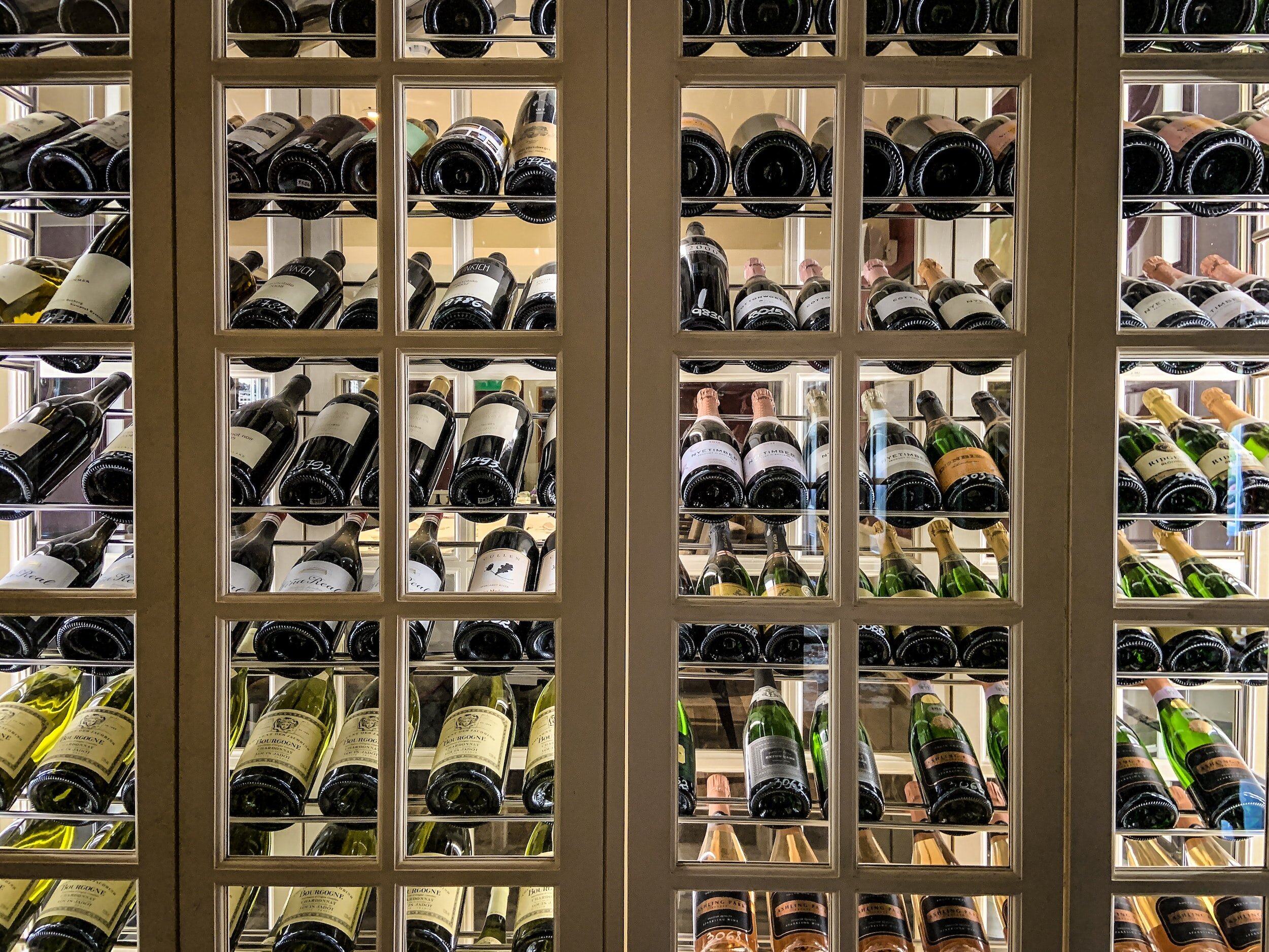
Before jumping into the value appreciation/depreciation of wine…
Helpful Tip: The vast majority of wines are crafted for enjoyment rather than investment purposes.
Winemakers pour their passion into creating delightful experiences for us to savor in the present. While these wines may be able to cellar for a number of years, it doesn’t mean their value will go up.
Example: If your grandpa left a dusty box of wine sitting in an attic that you found, it’s 100% not investment-grade. You can drink it and it won’t make you sick, but it won’t be worth anything.
Okay… enough said.
Wine’s Value Fluctuations
The value of wine is known to fluctuate, much like the waves of the ocean. At times, it can soar to new heights, while at others, it may plunge unexpectedly.
Wine valuation can vary over time.
Wine price fluctuations create an air of excitement and uncertainty, which adds to the intrigue of wine as an investment.
The Investment Perspective
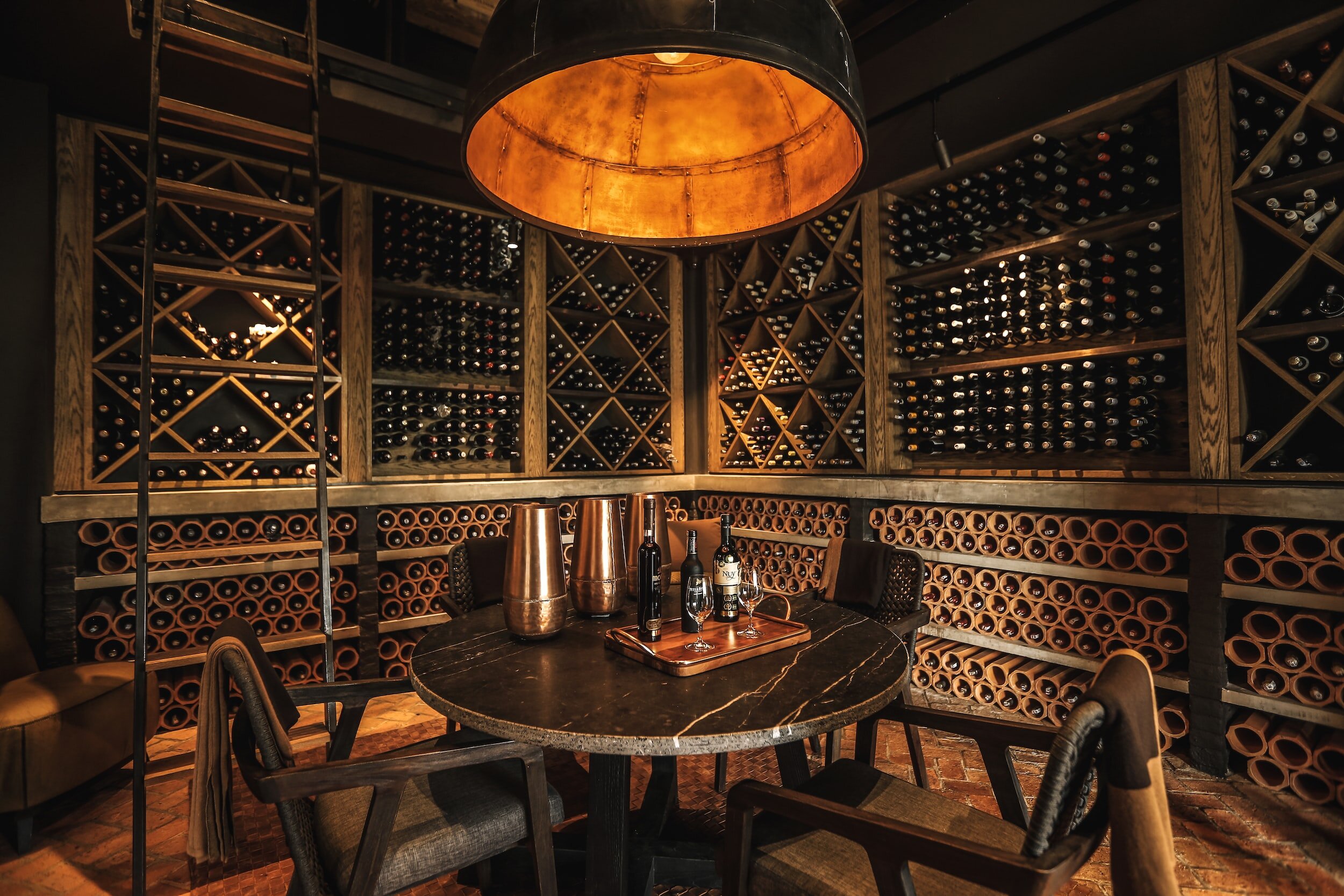
From an investment perspective, wine can offer lucrative returns and serve as a promising addition to a well-diversified portfolio.
Seasoned investors understand wine aging potential and each bottle’s potential for wine appreciation.
They meticulously research and acquire bottles from prestigious vineyards and exceptional vintages, strategically capitalizing on emerging wine market trends, and market opportunities.
Or, more likely, they consult with a business that specializes in wine as an investment vehicle.
Helpful Tip: The world of wine is vast and the nuances of investment-grade wines are super-complicated. Special companies exist just to facilitate investments in fine wines. Careful! You can be easily seduced by prospective returns, but like any investment, there’s risk.
The wine market is dynamic, influenced by various factors such as changing consumer preferences, economic conditions, and global events.
Fluctuations in currency exchange rates and regulatory changes can also impact wine valuation.
Example: Trade disagreements between the US and France in 2019-2021 levied a hefty 25% tarrif on wine imports from France. That $10 bottle of French rose suddenly cost $12.50. A $200 bottle of French Bordeaux cost $250.
Price fluctuations will impact overall wine investment returns.
Professional wine investment companies and representatives recognize that wine can be a unique alternative asset class that can provide both financial and sensory enjoyment.
Helpful Tip: Check out this post that dives into the murky term “vintage”. How old does a wine have to be to be considered vintage?
Unlike traditional investments, such as stocks or bonds, wine investment possesses an intrinsic allure that transcends mere monetary value.
Sexy and seductive sounding? Yup. That’s intentional.
Wine’s rich history, cultural significance, and the craftsmanship involved in its production all contribute to its appeal as an investment vehicle.
The Wine Rarity Factor
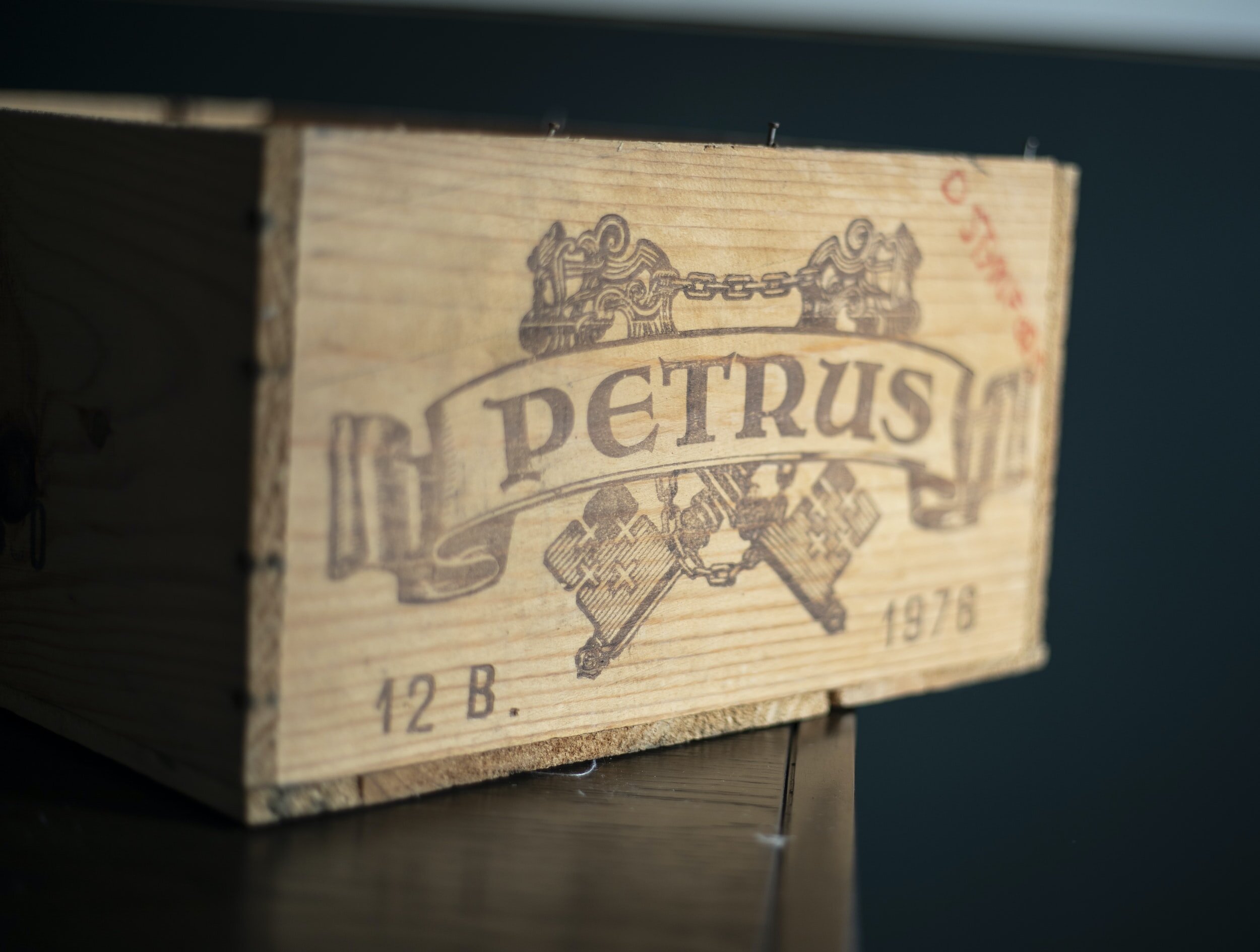
One crucial factor that contributes to wine’s value is its rarity. Rare wines are highly sought after by collectors and enthusiasts. The scarcity of certain vintages or limited edition releases drives up their value, making them coveted treasures in the wine world.
Jargon Alert: The wine rarity factor is often referred to as “cult wine” status in the wine world.
Historical Performance

Examining historical performance can provide insights into the trajectory of wine’s value.
Some vintages experience remarkable growth, becoming highly prized commodities.
Conversely, other bottles may plateau or even decrease in value. Supply and demand heavily influence these fluctuations when it comes to wine collecting.
Example: In some years, late spring frosts can reduce harvest yields (how much fruit is available to make into wine). So the wine producer may make exceptional wines from that year, but have a limited quantity for sale, decreasing supply.
Helpful Tip: Here’s a quick overview of the major winegrowing regions around the world and their signature grapes.
Expert Opinions
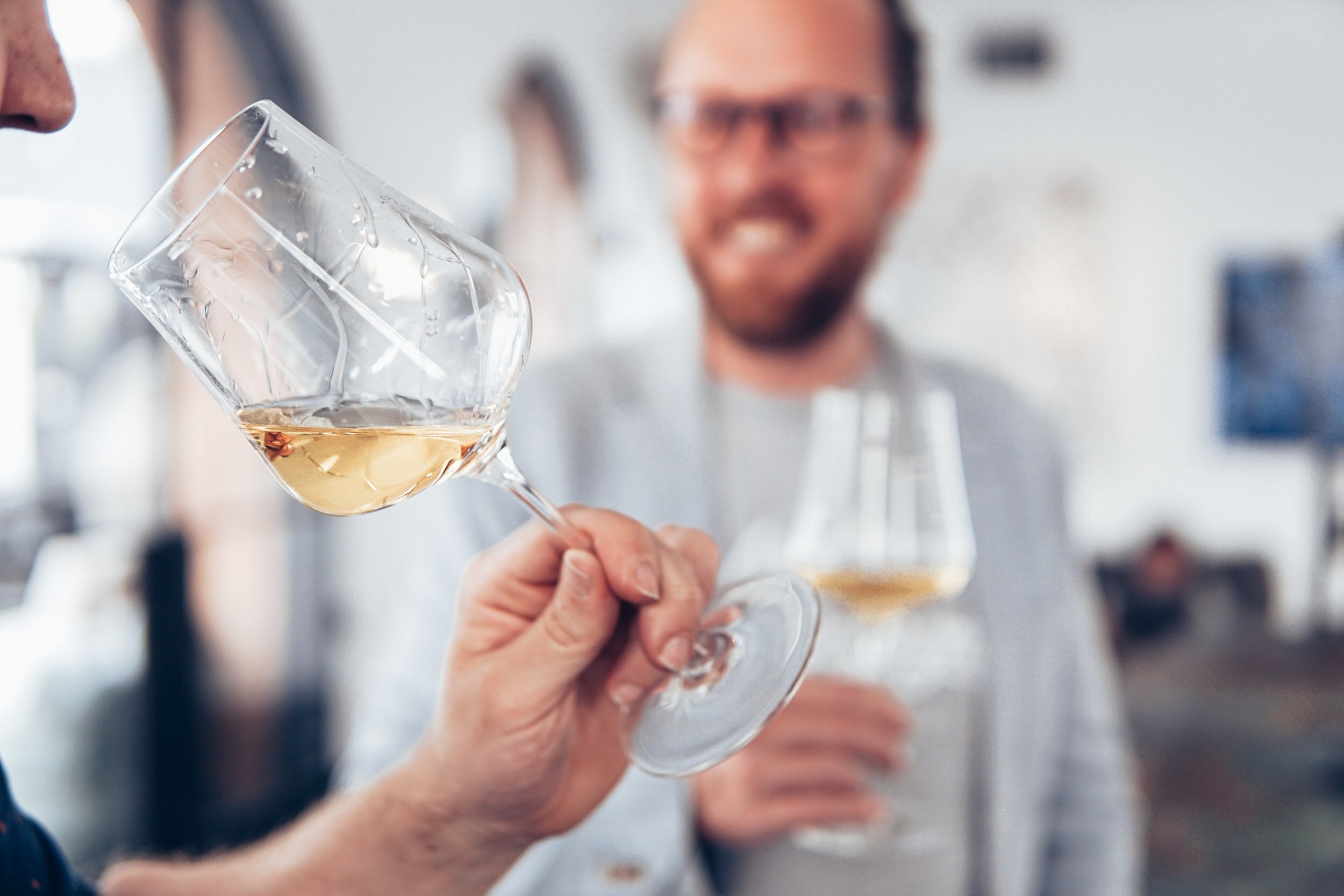
Experts in the field offer varying opinions on the wine investment. While some contend that wine is a reliable investment, others caution against its volatility.
This divergence of views adds an element of mystique, making the answer to “Does Wine Go Up In Value” elusive.
Certain wine critics, for example, Robert Parker, can have an outsized effect on wine market trends and wine collecting.
Fun Tip: If you’re serious about getting into wine, check out this biography on Robert Parker, The Emporer of Wine, a must-read for those in the industry (or serious aficionados).
Aging & Cellaring Conditions
Unlike buying stock options, wine is a physical commodity that has to live somewhere while it’s appreciating in value (hopefully). Investment-grade wines need perfect cellaring conditions to maintain their value.
Verifying Provenance
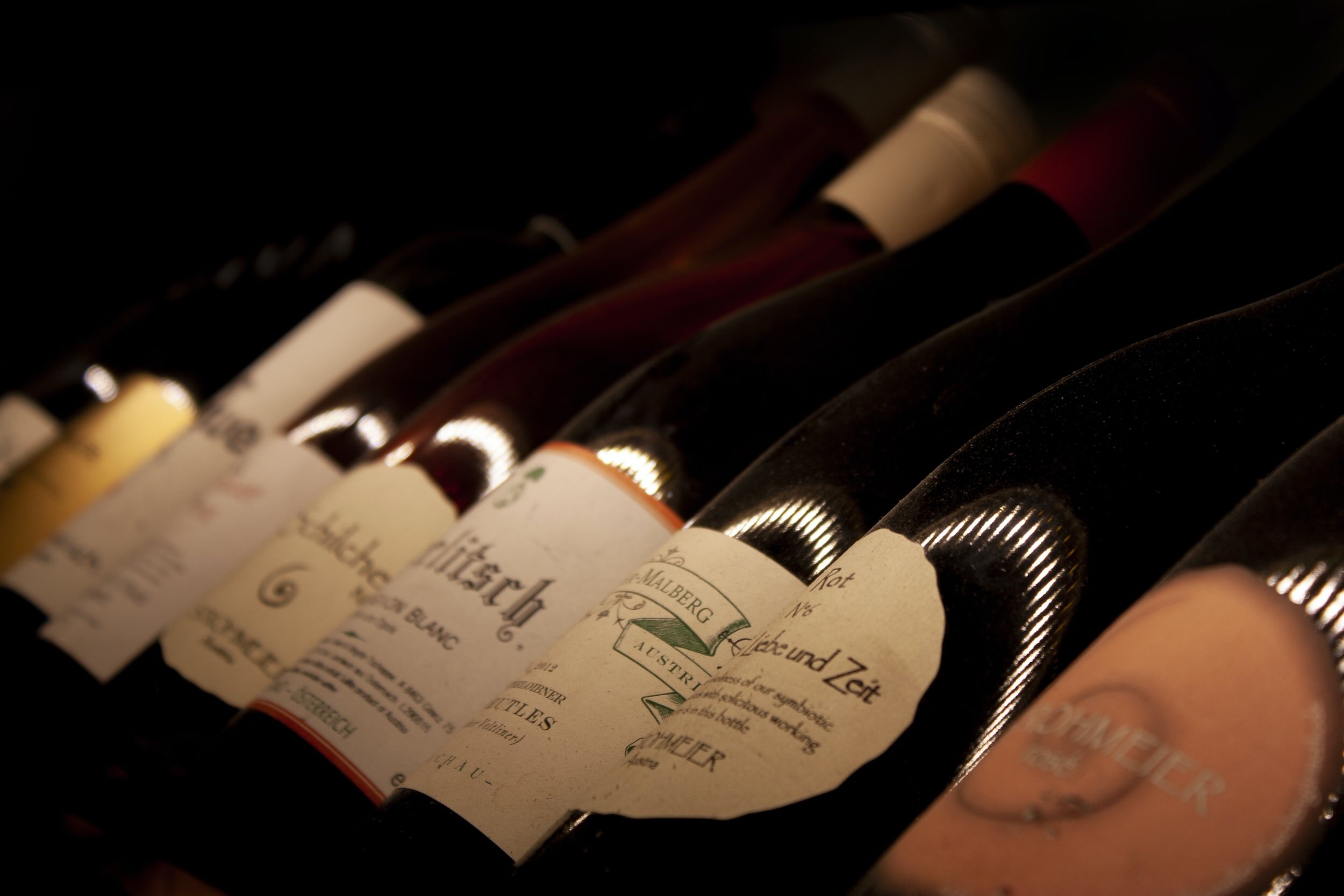
When it comes to wine investment, where each bottle comes from is a big deal. Because this is a physical product, it needs to live somewhere.
That somewhere needs to be checked and verified before you purchase an investment-grade wine.
Of course, the easiest way to guarantee provenance is to buy wines directly from the winery or producers, but oftentimes cult wines are sold under allocation.
Jargon Alert: Allocation means that the winery already knows how much wine it is going to make and how many bottles it will sell to whom. Some interested buyers can wait for many, many years on an allocation wait-list before even getting the option to purchase these fine wines.
Fun Wine Fact: Some cult producers that sell their wines under allocation require the purchaser to buy a certain number of bottles each year just to remain on the distribution list. This means that a potential buyer will end up with great years and not-so-great years in their cellars. This can create artificially high prices (Who’s going to admit that a wine they had to buy from a renowned producer wasn’t so great? It’s a little like the story of the Emporer Has No Clothes). Shifty.
Because of limited allocations, many investment-grade wines are often sold at auction or between private sellers. Knowing the provenance, or history, of an investment-grade bottle becomes all the more important.
Fun Wine Fact: There are many, many well-documented stories about wine fraud, even in recent times, with people passing off fraudulent fine wines to unsuspecting would-be investors. Check out this book, In Vino Duplicitas, for a fun read (Here’s my full review of In Vino Duplicitas if you’re curious – and a video).
A well-documented provenance ensures that the wine has been handled with care and kept in optimal conditions throughout its journey.
So, whether you’re an investor or a collector, paying attention to provenance is like preserving the story behind each bottle, enhancing its allure, and safeguarding its investment potential. (This is why working through a company is essential).
The Supply and Demand Equation
Supply and demand form the backbone of any market, including the wine market.
When demand exceeds supply, prices naturally rise.
Conversely, an oversupply of certain wines can lead to a decline in value. This delicate equilibrium between supply and demand determines whether wine climbs or falters on the value ladder.
Fine Wines that Have Gone Up In Value: 5 Superstars

Wine that Went Up In Value 1: Château Lafite Rothschild (1982)
This renowned Bordeaux wine has consistently demonstrated its investment potential. Over the years, vintages such as the 1982, 2000, and 2005 have experienced remarkable appreciation, with their values skyrocketing in the secondary market.
Château Lafite Rothschild (1982):
- Initial Price: $50 per bottle (approximate)
- Current Price: $5,000 to $15,000 per bottle (varies depending on condition and market demand)
Wine that Went Up In Value 2: Domaine de la Romanée-Conti (1999)
As one of the most prestigious and sought-after wines in the world, this Burgundy estate has witnessed significant value growth with their wine appreciation.
The rare and highly acclaimed vintages, such as the 1999, 2005, and 2010, have achieved extraordinary price increases, making them highly coveted by collectors and investors.
Domaine de la Romanée-Conti (1999):
- Initial Price: $500 per bottle (approximate)
- Current Price: $10,000 to $25,000 per bottle (varies depending on condition and market demand)
Wine that Went Up In Value 3: Screaming Eagle Cabernet Sauvignon (1992)
From the King of Cabernet, Napa Valley, California, this cult wine has become an icon of American winemaking.
Limited production and exceptional quality have contributed to its soaring value. Vintages like the 1992, 1997, and 2012 have seen substantial appreciation, firmly establishing Screaming Eagle as a prime investment choice.
Screaming Eagle Cabernet Sauvignon (1992):
- Initial Price: $80 per bottle (approximate)
- Current Price: $10,000 to $25,000 per bottle (varies depending on condition and market demand)
Wine that Went Up In Value 4: Penfolds Grange (1990)
Hailing from Australia, Penfolds Grange has established itself as one of the country’s most esteemed wines.
This powerful and age-worthy Shiraz has witnessed consistent growth in value.
Notable vintages like the 1990, 1998, and 2008 have seen their prices rise steadily, reflecting the wine’s enduring appeal among collectors.
Penfolds Grange (1990):
- Initial Price: $50 per bottle (approximate)
- Current Price: $650 per bottle (varies depending on condition and market demand)
Wine that Went Up In Value 5: Sassicaia (1985)
Originating from the Bolgheri region in Tuscany, Italy, Sassicaia has achieved global acclaim and increased value over time.
Often referred to as the pioneer of Super Tuscan wines, vintages like the 1985, 2004, and 2010 have experienced notable appreciation, firmly establishing Sassicaia as a highly regarded and sought-after investment wine.
Sassicaia (1985):
- Initial Price: $20 per bottle (approximate)
- Current Price: $1,000 to $3,000 per bottle (varies depending on condition and market demand)
Helpful Note: Wine investment returns are never guaranteed. These are exceedingly rare wines that embody excellence… and limited supply.
Final Thoughts – Most Wines Don’t Go Up In Value
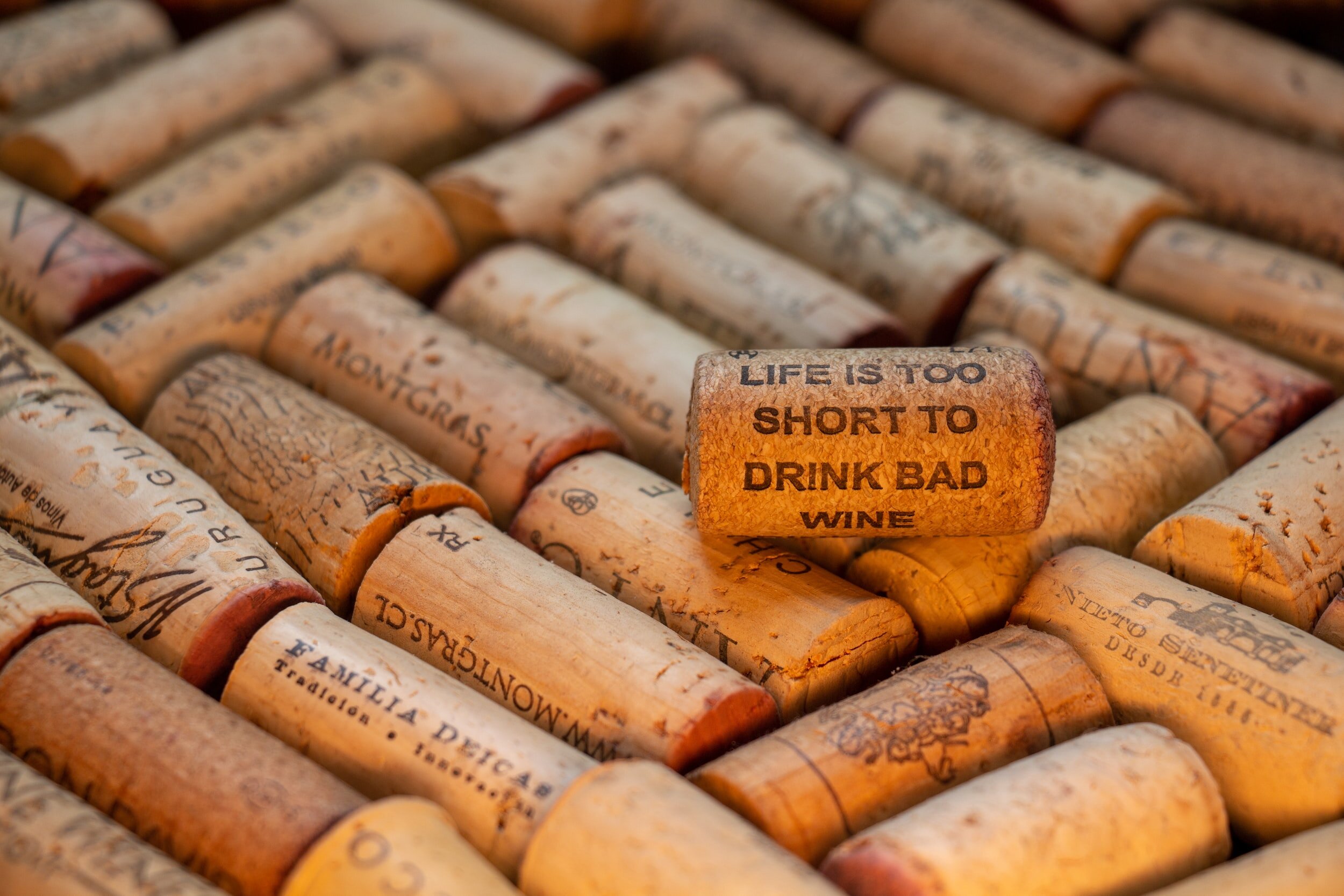
Can wines increase in value? Yes. Do most wines go up in value? No.
The wine that you and I drink on a daily, weekly, or even monthly basis won’t go up in value.
Drink them and enjoy.
Wine investment prospects vary by producer and year, and are influenced by supply and demand.
If you’re interested in investment-grade wines, you’ll need to invest your time and money to learn about wine as an investment class.
Certain producers craft cult wines that have a history of going up in value, but this can vary depending on the production year and other market factors, making this investment class risky.
Companies exist to facilitate the sale and trade of fine wines, and also to store your investments and protect their value.
Thirsty for More?
Check out this post on what ‘vintage’ means in wine and how to read a vintage chart, which is a good first step when trying to figure out a wine’s quality. Wines from exceptional vintages are more likely to increase in value.
And here’s a post on how to figure out the Bordeaux classification system to pick out delicious Bordeaux wines.

